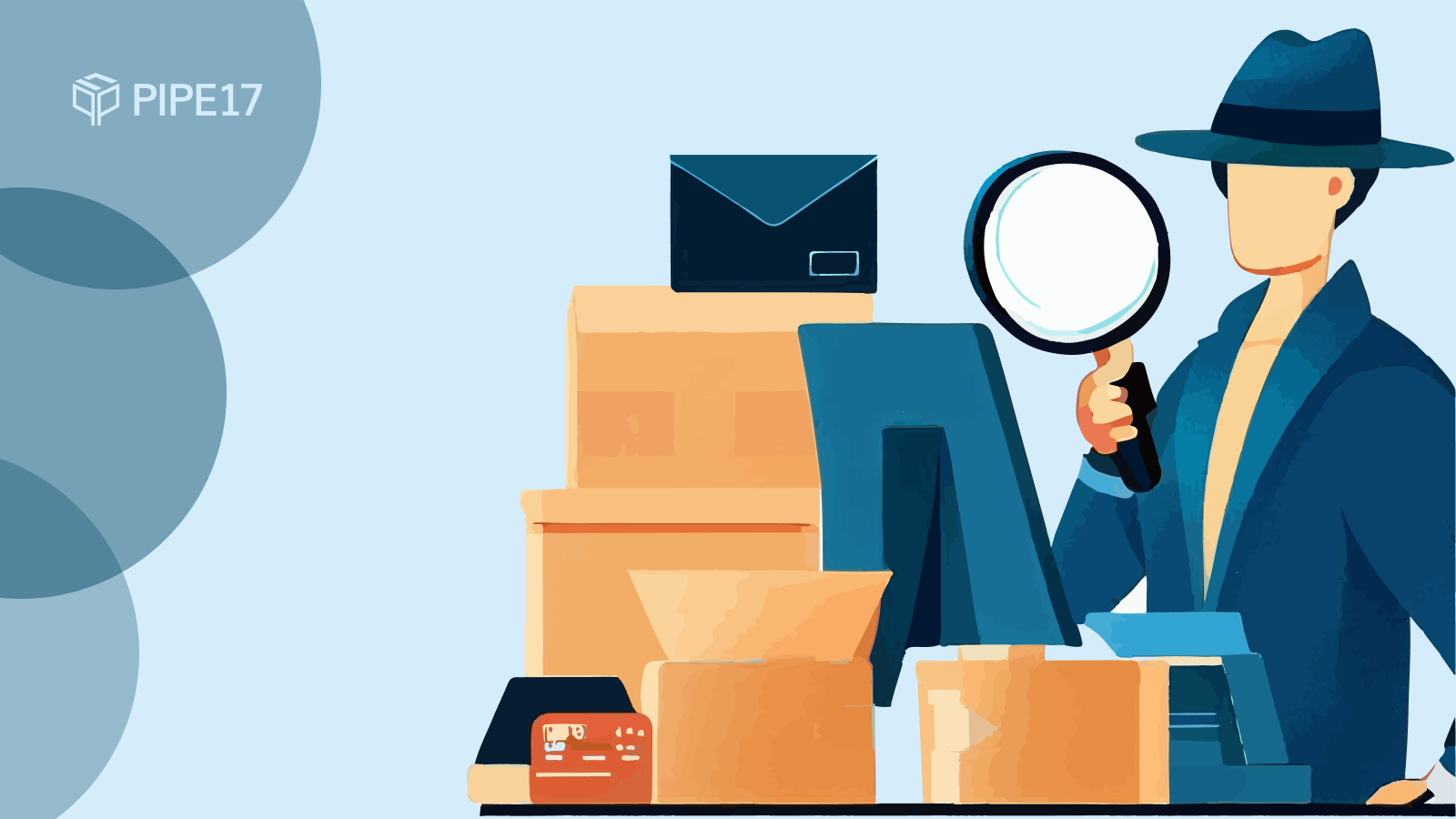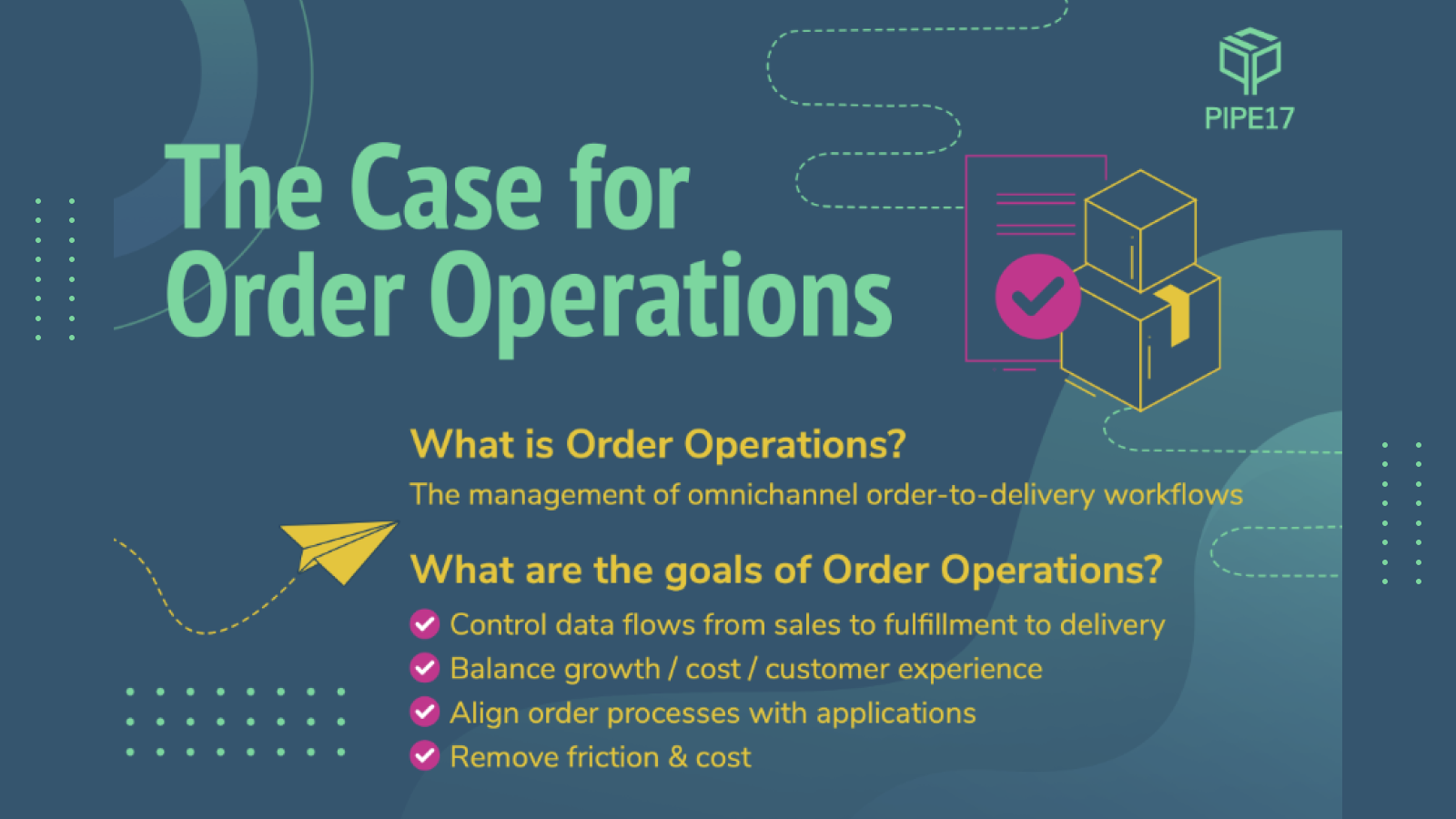In D2C ecommerce, modern brands and merchants face a growing challenge: consumer chargebacks. In the first post of this blog series, we examined how order operations pros can prevent excessive chargebacks in the first place. In this post, we discuss how to fight chargebacks when they do occur.
Chargeback Rules Favor Consumers
Chargebacks were first introduced as a method of consumer protection. This was a good thing. Unfortunately, industry regulations have been unable to keep pace with today’s technology and payment options. This has led to many loopholes that ultimately hurt merchants.
Today, more than 90% of chargebacks are settled on the side of the customer, on average.
In addition to lost product, lost revenue, and lost time, merchants are typically slapped with an additional fee by the payment processor. This penalty is never recouped, even if the chargeback is later canceled. Chargebacks on bigger purchases, or even small purchases with expensive shipping & handling methods, can create quite a dent in your profitability.
Believing the old adage, “The customer is always right”, the issuing financial institution will side with them and force merchants to provide unequivocal proof of fraud for each case. Once begun, it’s especially difficult for sellers to stop this process.
Use Overwhelming Evidence to Fight Chargebacks
When it comes to disputing chargebacks, your best defense is a great offense!
First step: You need a clear chain of evidence. Fight each chargeback case with screenshots and data that prove you implemented as many tools as you could to protect your store. This means that someone on your team needs to create a compelling story so the bank knows that you completed your due diligence.
Train A Fraud Detective
Designate a customer service representative or someone on the operations team to respond to any orders that seem fraudulent. This person should be skeptical, thorough, and dogged in their pursuit of the truth! They now become your go-to sleuth who will help to sniff out fraud.
Here are some simple things that the Fraud Detective can investigate that don’t require expensive tools:
- Set a SOP for chargeback fraud investigations. Create a standard operating procedure for everyone on your team to follow internally, led by the Fraud Detective. (See Fraud Investigation SOP example below)
- Check fraud filters. Check the order filters you set on Shopify or other selling channels to flag suspicious transactions. See if they are indicating that there is a medium to high risk of fraud with the particular transaction.
- Look for an IP/address match. Does the IP address for the order’s origination point match the location of either its billing or shipping addresses? If there’s a mismatch, contact the customer and ask for a copy of their credit card billing statement showing the correct address.
- Call the phone number. Fraudsters will often give you a fake phone number. Check if it’s legit or not. Use 411.com to further verify this information.
- Document each and every action. Take screenshots of everything to share with the bank. It’s best practice to include:
- Any direct interactions with the customer over chat or email
- Any screenshots found during investigation of the customer online, especially their social media (if you’re lucky there will be a photo of them with the item they bought from you).
- Documentation from the carrier, including tracking numbers, signatures, and any direct evidence of delivery (e.g. photos or description of where package was left)
- Corroborating evidence gathered from chat rooms and networking groups, as ecommerce professionals will often share the information on the fraudster’s behavior, scam, or shared data such as commonly used email addresses
- Screenshots of your fraud filters in Shopify
- Set a time limit for investigations. Depending on your average order value (AOV), the Fraud Detective should invest only a limited number of hours to chase down these details. It’s sound cost control.
- Send all defense case evidence to the bank. Gathering the documented evidence above to share with the payment processor will set you up to win chargeback disputes. Use whatever tools you have in your toolbox to win the chargeback as well as the extra fees.
You won’t win them all, but you’ll significantly increase your chances of a resolution in your favor.
A Cautionary Tale of Chargeback Fraud
If you ignore any of these important investigatory steps, there can be additional ramifications for your company.
Take this painful story as an example of a merchant caught flat-footed by fraud. A CPG beverage company recently told us:
“One quite sophisticated bad actor was able to circumvent our automated controls. There he placed multiple orders, all of which were shipped and delivered. Then he demanded chargebacks for ALL of them. The result is that our account and payments are now getting flagged. Not only are we being charged the chargeback fees, but our payments are now being held as well. It’s turned into a massive headache!”
This company didn’t have the right defenses in place, so it ended up costing them thousands of dollars in attorney fees and sunk staff time to get their payments account back up and running.
Chargeback Prevention Requires Vigilance
Chargeback prevention isn’t something you can set and forget. It requires constant attention. No solution will work in your favor 100% of the time. But the more measures you put in place, the more you will be protecting your revenue, profitability and brand reputation.
Fraud Investigation SOP Example: Shopify
Here is an example of how a merchant or seller using Shopify might document a standard operating procedure (SOP) for employees investigating a potentially fraudulent transaction, and then how to document the case if fraud is suspected.
You will receive a notification from Shopify that an order has been marked as “fraudulent”.
- This will usually come as a notification through the Slack channel if you have a slackbot set up
- The fraud notice will state whether an order is at High, Medium or Low risk of fraud
Click on the link to go to the Shopify order that’s been flagged.
At the top of the Shopify page, you will be able to view the fraud analysis details to determine the reason why that particular order was flagged.
The most common reasons that an order may be fraudulent include:
- The delivery address and billing address do not match
- The name for delivery and name on the billing address do not match
- The name on the credit card used for payment and name on order do not match
- The IP address of the computer used to make the order is many miles away from the delivery address
- An unusually high order value
Compare the fraud analysis and the above information to the order itself to determine what the reasons for the flag may be.
🛑 STOP! 🛑
Check to make sure the order has not / will not be fulfilled!
If stock has been allocated, take it back, and make sure nothing will ship until the order’s legitimacy has been determined.
Once you have determined the reason for the fraud alert, it’s time to contact the customer.
Email the customer.
- Use the account’s main email address
- Use the order number as the subject
- State that the order has been flagged as fraud, and shipping had been held pending successful resolution
- Include the reason for the fraud alert
- Request that they complete your ID Verification process
- Tell them once successfully completed, their order will be released
Once you send this email, add a note in the order stating, “ID Verification request sent.”
The customer may contact your service team.
- If they have sent the requested ID information… Thank them and let them know you will tag their order for priority shipping to get it to them asap. Note that ID verification for the order was received via email.
- If they are upset because you are asking for ID… Let them know that they can complete the ID Verification process via a phone call. Explain how our fraud alerts work and that it’s for their protection. Once you talk to them and verify their information, mark the order as “ID verification received via phone” and good-to-ship.






